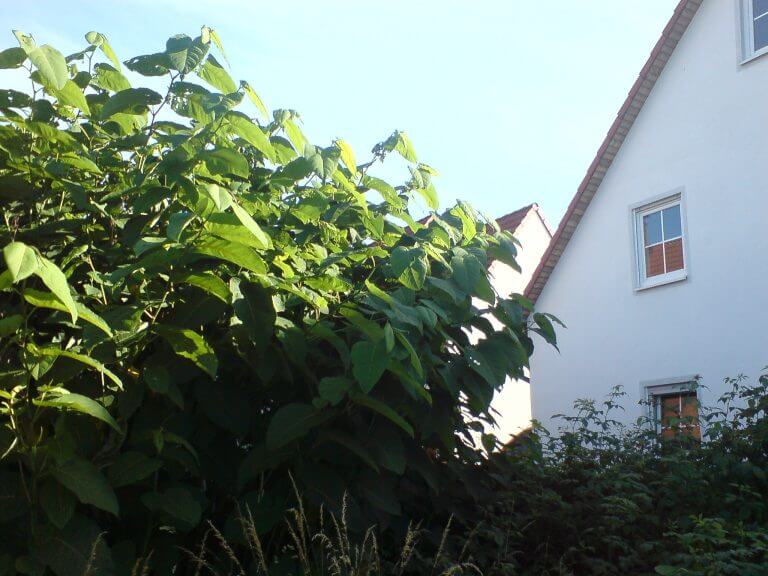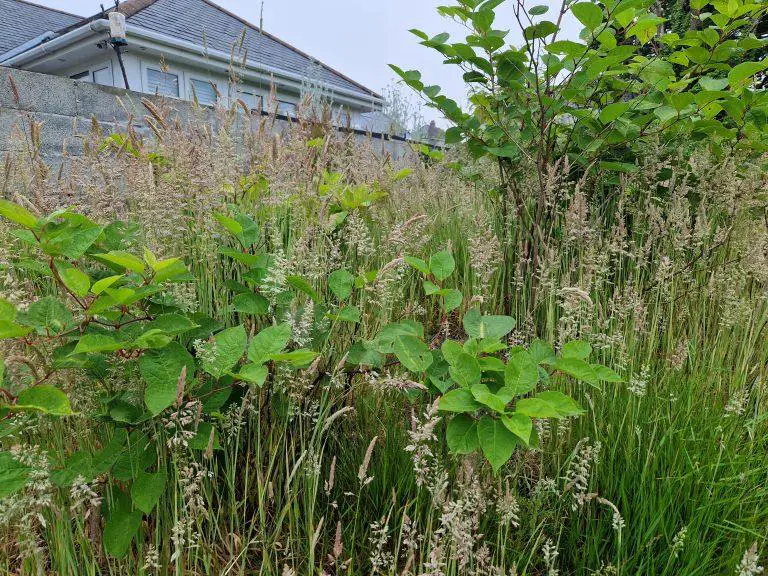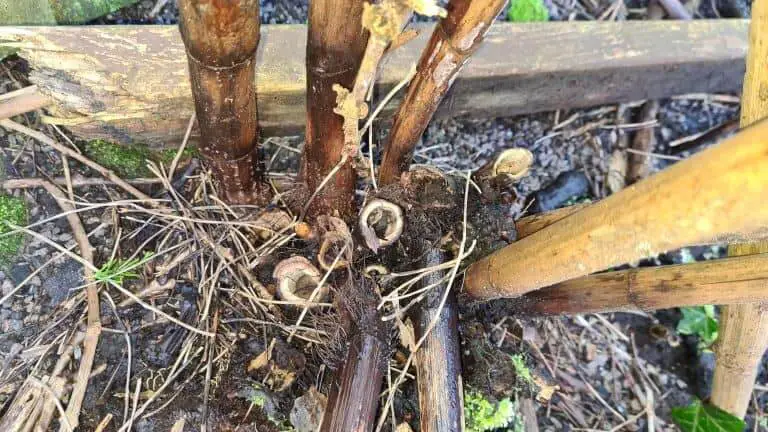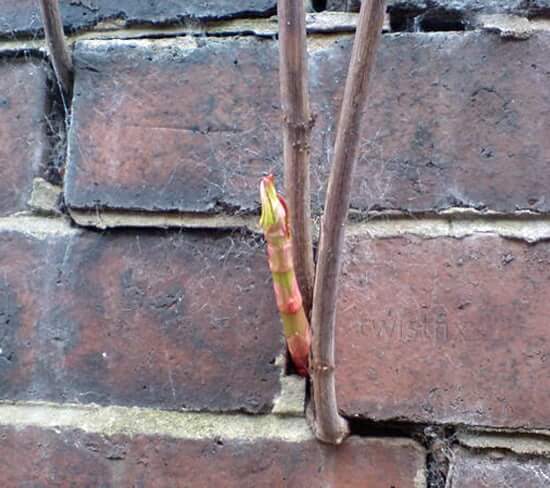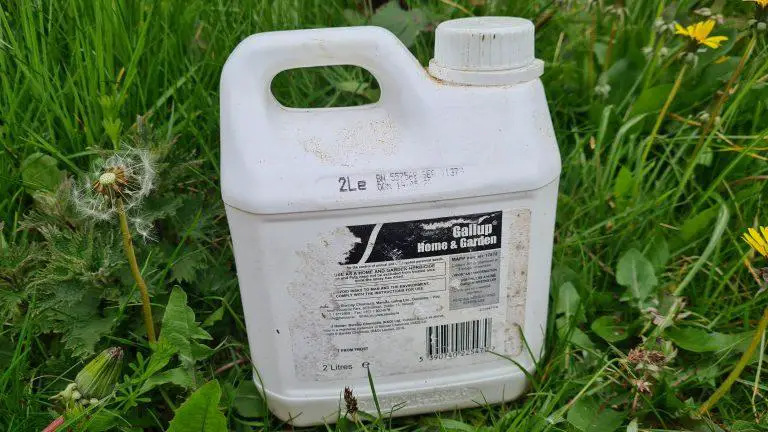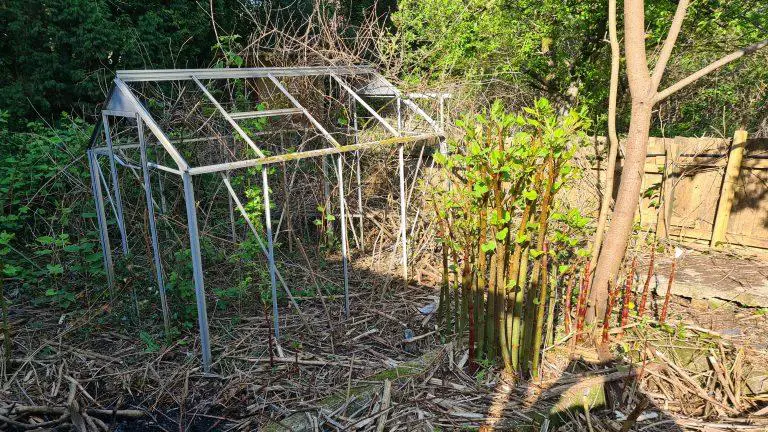Proper and early identification of the Japanese knotweed is paramount. Regularly, we get asked 2What does Japanese knotweed look like?”.
Knowing what Japanese knotweed looks like is essential to ensure you eradicate the right weeds and not your precious plants. There are several mistaken identity cases because there are several plants that look similar to Japanese knotweed. The plant’s features changes throughout the year.
What does Japanese knotweed look like through the seasons?
The knotweed looks different through the seasons as follows:
1. Japanese knotweed in summer
During early summer, the knotweed grows at a rate of 1 foot per week. The leaves are heart-shaped and green in colour.
- The knotweed’s stems are hollow, similar to those of bamboo. The stems from the cane usually grow in a zigzag pattern.
- The leaves are shield-shaped with a flat base and smooth edge; they have a slight tip towards the end.
- The Japanese knotweed grows taller during summer until it can grow no more. White large flowers appear in the early autumn and late summer (September).
- The flowers are in long creamy clusters. This plant has a unique flowering design that facilitates seed creation and dispersion.
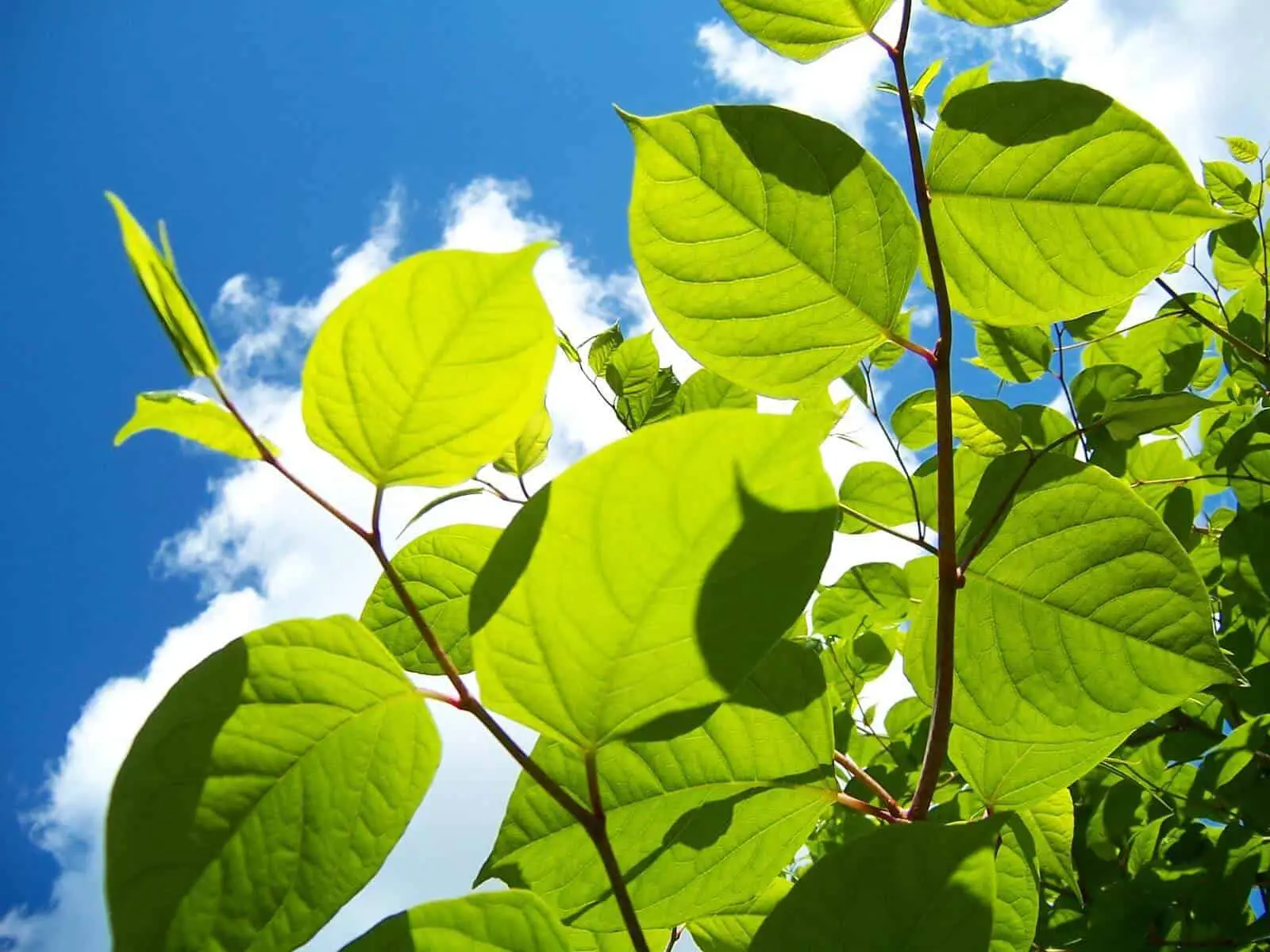
2. Japanese knotweed in autumn
The dense covering leaves of the weed remain steady for a better part of autumn.
- They start to yellow and weather towards the end of October. At this time, the knotweed is about 4 meters tall.
- The stems begin to turn brown. The flowers and the small seed pods start falling from stem bracts.

3. Japanese knotweed in winter
The Japanese knotweed does not thrive well during the winter season.
- During the hard frost, the weed rapidly loses its leaves and goes into dormancy. However, the canes of this plant will continue to thrive for some time before they turn brown and weaker.
- It is not easy to spot this plant during this period because it loses all its leaves during this time.
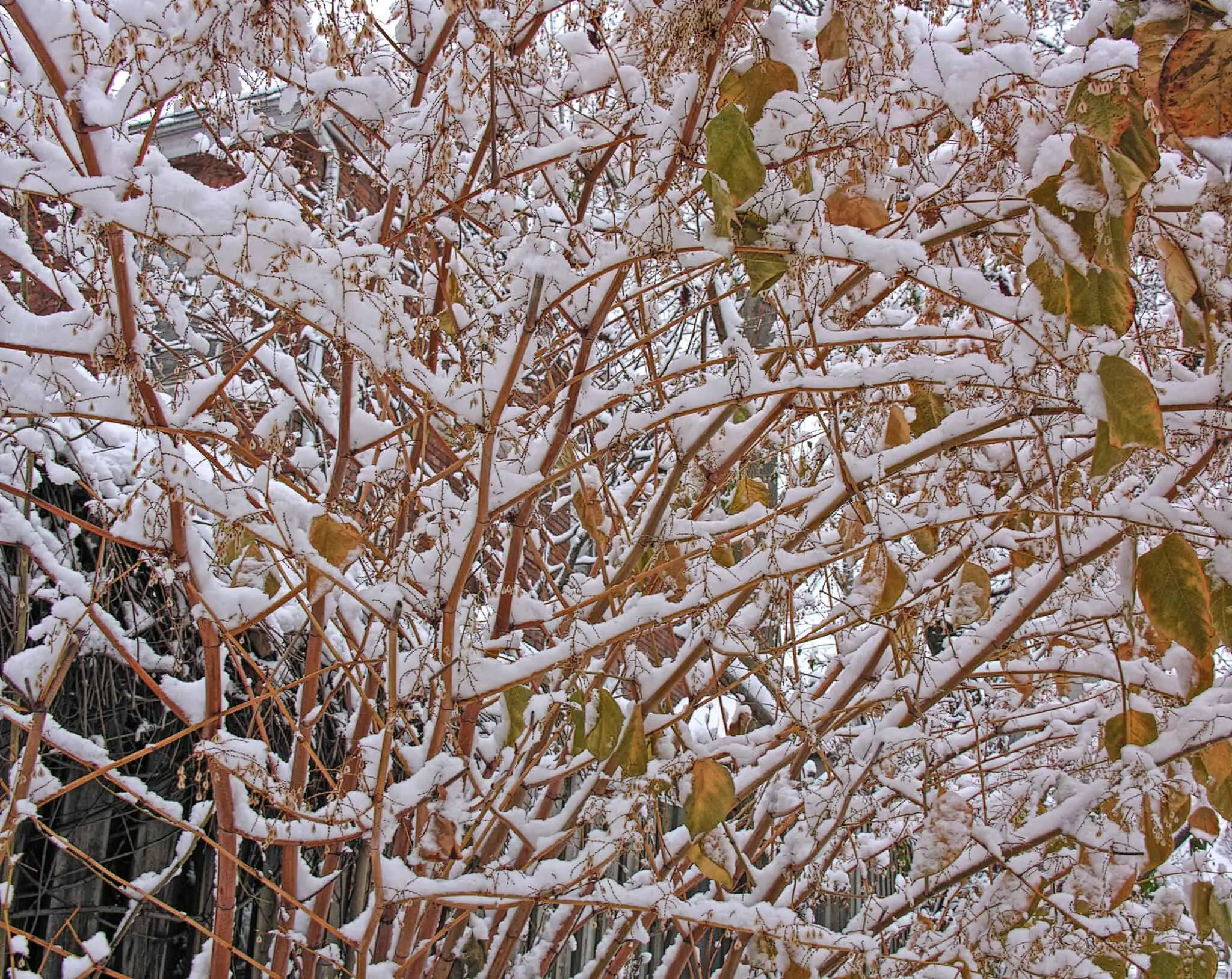
4. Japanese knotweed during spring
- The plants grow so fast in March. At first, the plant grows with triangular leaves and red stems; one may mistake it for asparagus.
- The leaves fill out and take the shape of a shield as the plant continues to grow. Furthermore, the leaves change their colour from red to green.
- The canes grow up to 3 meters during this time.

Characteristics of Japanese knotweed:
Japanese knotweed roots
- The plant’s roots are tree-like structures that store the necessary nutrients for the plant’s growth. The roots grow thick and deep and are known as rhizomes. The rhizomes are fresh-looking and break easily. The outer part of this underground stem is brown, while the inside is white.
- The rhizomes can grow up to 7 meters in depth. The rhizome spreads the weed so fast within a short period.
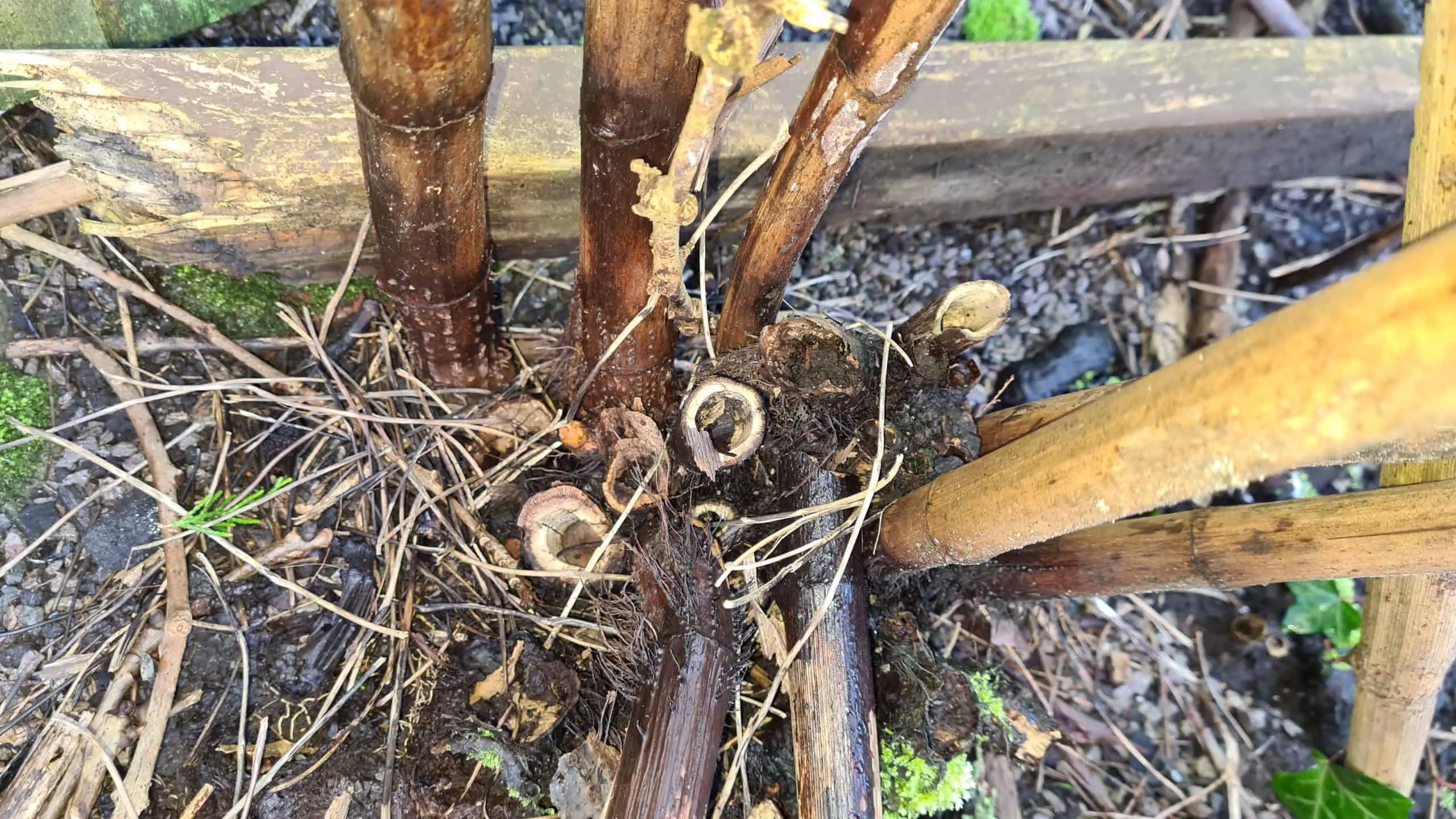
Japanese knotweed stem
- The stem of this weed can grow up to 3 meters tall. The stems feature nodes and purple speckles with leaves that grow from the nodes in a zigzag pattern.
- The stem becomes hollow when mature; it can be easily broken.
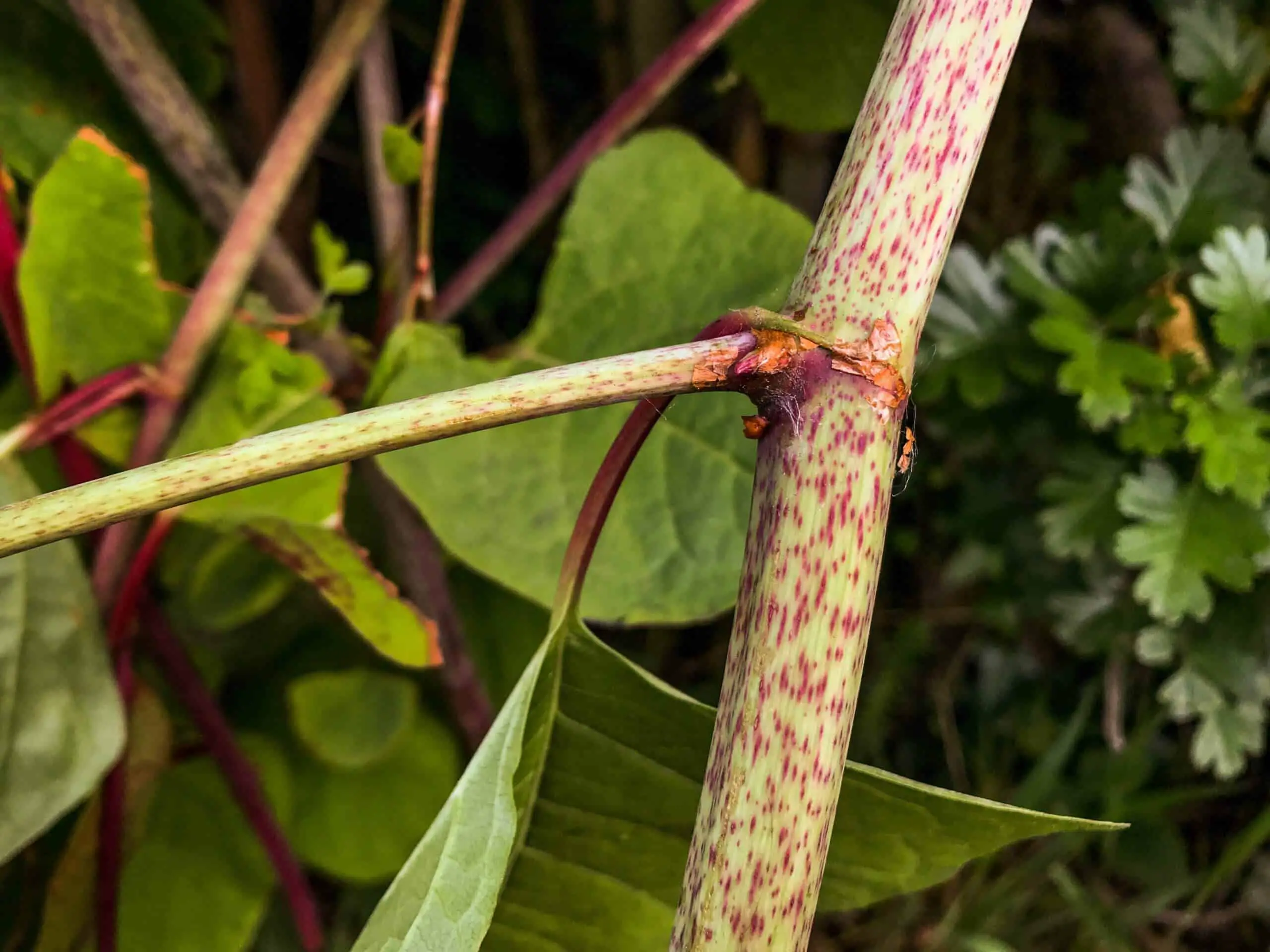
Japanese knotweed leaves
- The weed’s leaves are shovel-shaped with a tip at the end. They are aligned on the stem of each node. For every stem, there is one node, thus forming a zigzag pattern. They grow up to 250 mm long and are extremely green.
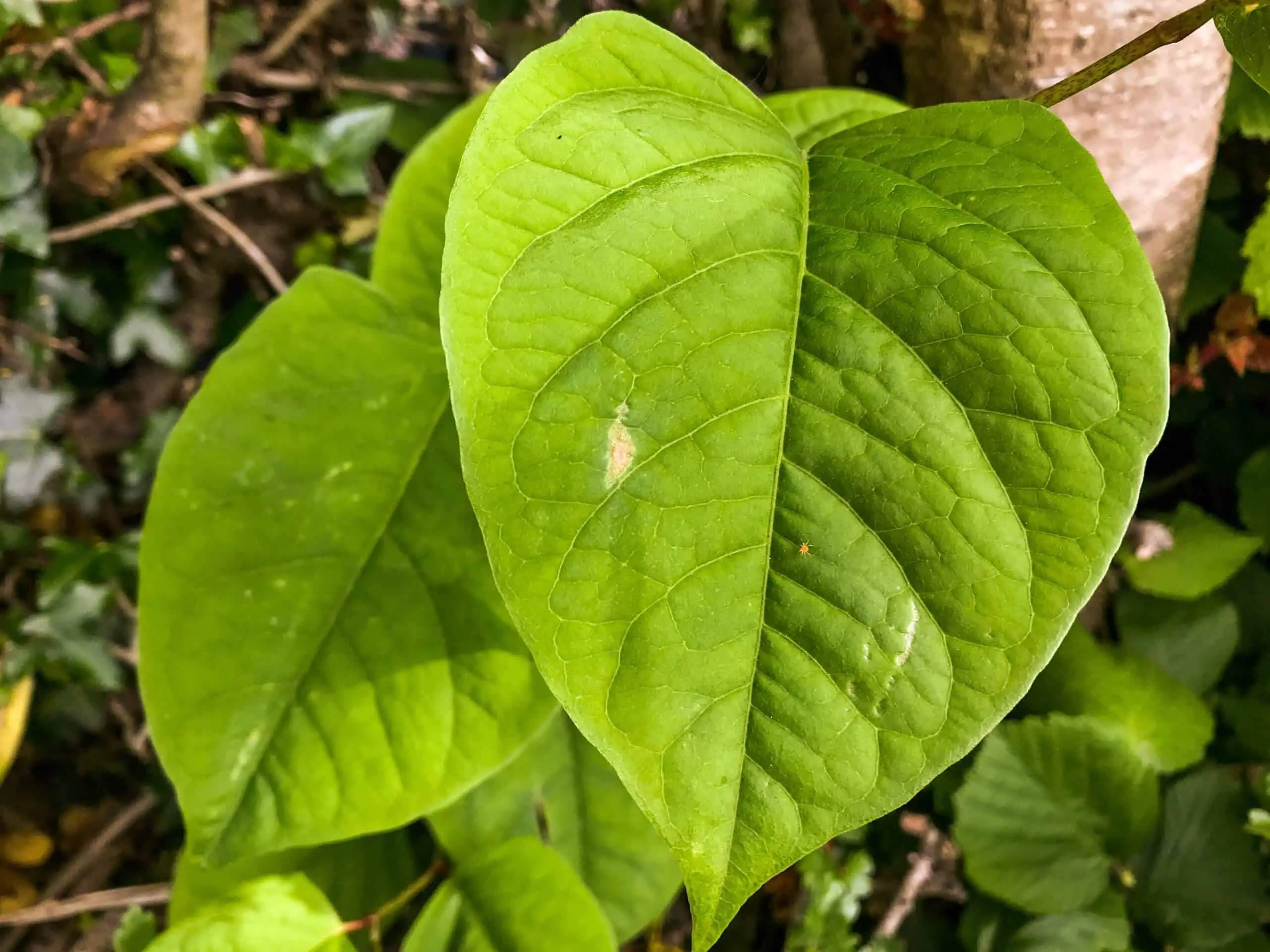
Japanese knotweed flowers
- During summer, the knotweed develops small clusters of white flowers. Each plant can have several groups, and each contains several herbs.
- The clusters of the flowers grow from the axil (the point where the leaf joins the stem.
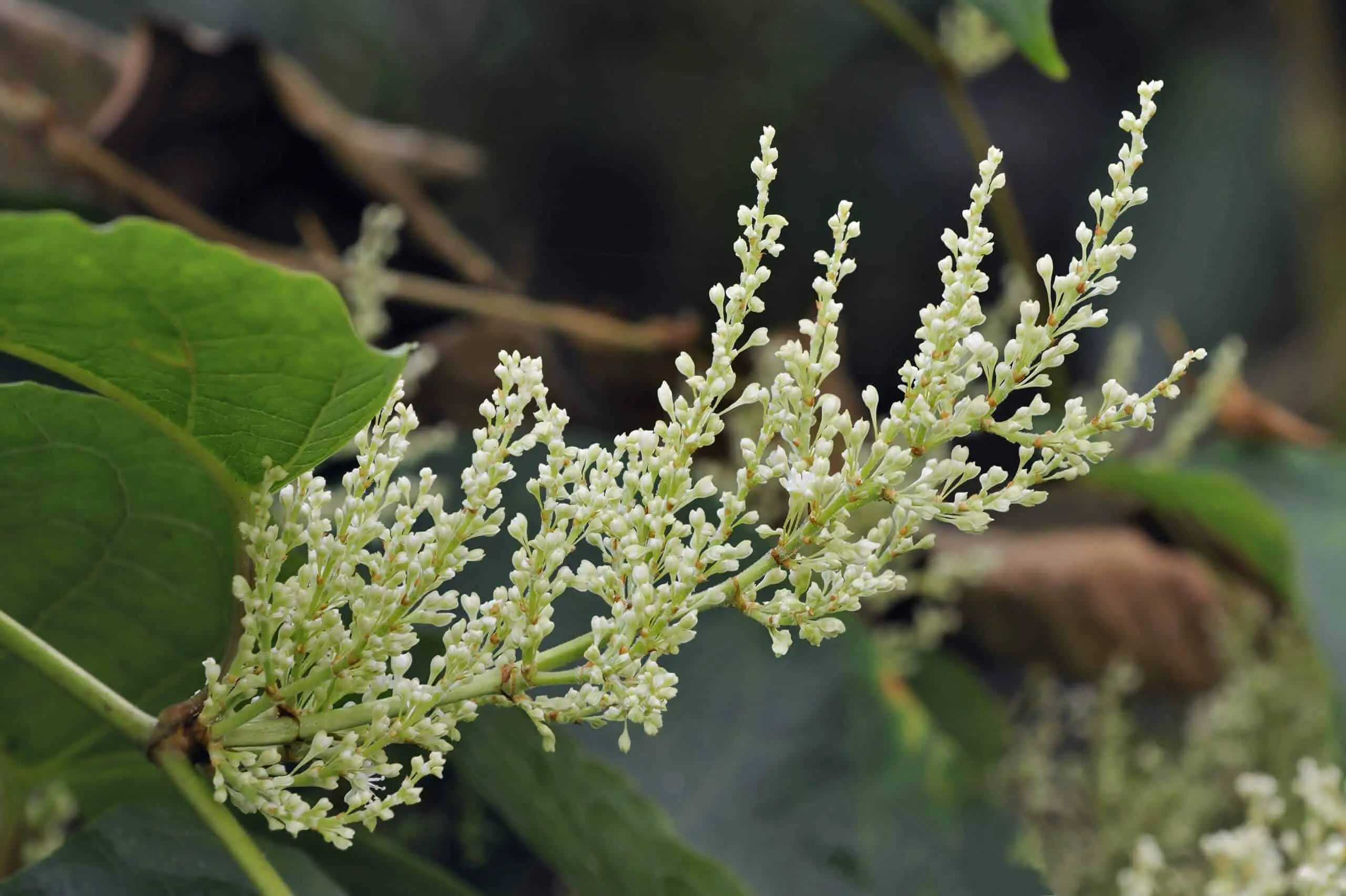
Other types of knotweed
Giant knotweed: Giant knotweed is closely related to the Japanese knotweed. The plant can grow up to about 45 cm and 30cm wide. Their leaves are pointed at the tip and have long white hairs on the lower side.
The leaves are extremely lobed, creating a heart- shape. Its growth starts in March at the same time when Japanese growth is at its peak.
Dwarf Japanese knotweed: The Dwarf knotweed is shorter than all other types of knotweeds. It only grows up to 1.5 meters in height. Its leaves are green in colour with crinkled edges. Their veins are reddish.
- The Rhizomes of this plant are creamy in colour. The flowers flourish in late summer and hang off the stems.
- Similarly to the Japanese knotweed, this weed is extremely invasive; it spreads over an extensive area within a short period.
Lesser knotweed: The lesser knotweed is less invasive than all the knotweed species. Its leaves vary in size but are as long as those of Japanese knotweed, their veins are reddish. This plant thrives excellently in moist soil alongside other invasive weeds.
- This weed grows up to 90cm. The flowers appear During the first month of summer and remain intact until early autumn.
The flowers are small in size and bell-shaped; their colour is either pink or white, depending on the stages. The stems are hollow and lack foliage. They lack the zigzag knotweed shape, but the leaves still grow in an alternate pattern on the stem. This type of knotweed is not popular in the UK.
Himalayan knotweed: The plant’s stems are hairy. Its sheath is brown, especially at the leaf stalks. This is one feature that is mainly used in its identification. The leaves are green with a tampered point. They measure about 18cm.
The weed’s flowers can contain both male and female parts; they are white or pink. They blossom mid-summer and occur in clusters. The Himalayan knotweed grows well in moist soil.
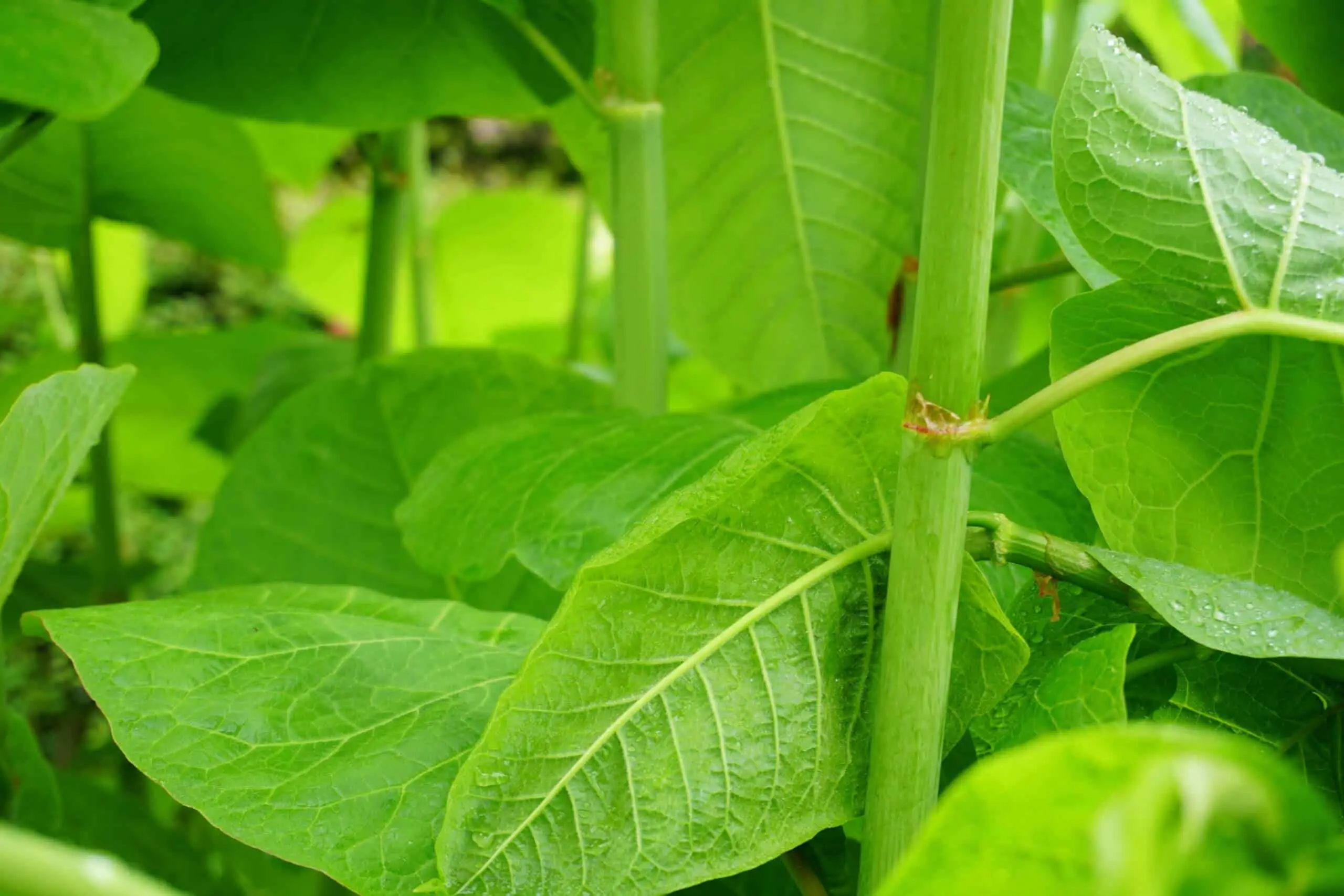
Conclusion
Japanese knotweed identification can be challenging because several other weeds are mistaken to be Japanese knotweed. It is recommended that you seek a certified surveyor’s services to help you identify the plant correctly.
You will work your way around, eliminating the weed if the experts confirm your worst fears. With proper interventions, you can get rid of the plant completely.
Want to know more?
Knotweed Removal aims to provide the most up-to-date information, help and advice for YOU to make informed decisions. If you are unsure or uncertain about how to proceed, please reach out to us and we will gladly come back and advise you as best we can.
Governmental advice can be found here and the UK law covering the removal of Japanese Knotweed as stated under the Wildlife and Countryside Act 1981 can be found here.
The best means to contact us is via our email – hello@knotweedremoval.tips
Do not forget we have a library of blogs covering many areas relevant to Japanese Knotweed, our free downloadable How-to Guides and Product Reviews on the latest methods being employed to eradicate or remove Japanese Knotweed.
Knotweed Removal, UK

